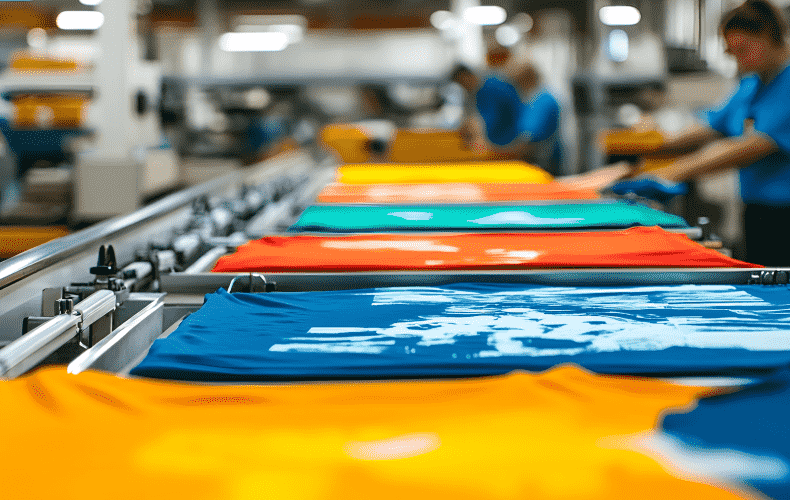
Crypto Investment Entry and Exit Strategies of Institutional Investors
Section: Business
Raju Tomer, a young Indian scientist first made news in 2010, while at European Molecular Biology Laboratory (EMBL) in Germany, where he developed a new technique, called cellular profiling by image registration (PrImR), which is the first to enable scientists to investigate a large number of genes in a compact brain. This technique enabled him to determine each cell's molecular fingerprint, defining cell types according to the genes they express, rather than just based on their shape and location as was done before.
To uncover the evolutionary origins of our brain, Tomer, who designed and conducted the work, used PrImR to take an unprecedentedly deep look at the regions of a marine worm Platynereis dumerilii's brain responsible for processing olfactory information, Mushroom Bodies, and discovered that they share deep homology with our own brain. This discovery, published in prestigious science journal Cell, was highlighted in all major science journals across the world and extensively covered by the BBC, New York Times, Discovery News et al. The discovery was also selected as 12th in the Discover Magazine's top 100 research stories of 2010 worldwide!
A year later at Janelia Farm Research Campus in Washington DC, USA, he along with his colleagues, built a new type of microscope, which allows man to trace the dynamics and division patterns of all the cells in a developing embryo. This invention was published in 'Nature Methods' that publishes new revolutionary techniques. Paper presentations, fellowships, awards and talks (in Japan, Sweden, USA and Germany) have been a regular with him. He also has to his credit several published articles in science magazines and journals of world repute.
Raju, 30, with his multidisciplinary skills and excellent command over physics, mathematics, computer science and life sciences is currently a staff scientist at Stanford University pursuing his post doctoral research. Raju is working on to develop a new imaging technology that will allow us to visualize exquisite details of neurons in our brains. The newly developed method will be extremely useful in understanding the structural and functional architecture of our brain.
Hailing from a small town in the western part of the state of Uttar Pradesh, India, this young scientist armed with a dual degree - BTech and MTech in Biochemical Engineering and Biotechnology from IIT Delhi - had enrolled for a PhD at the University of Heidelberg and EMBL in Germany for the study of molecular biology and genetic research. It was here that he was to make his first discovery. He spoke to The Munich Eye about studying at EMBL, his experiences in Germany and what he likes best about the country.
How was the experience of being at EMBL?
EMBL is a great place for doing science. It is the best research center for basic life sciences research in whole Europe, and among the best in the world. One of the best things about EMBL is the high collaborative spirit among scientists working there, often having very diverse set of expertise. Although it is located in Heidelberg in Germany, it is truly European. People from all over the world work here. It was a great experience for me not only from a scientific training perspective, but also from a cultural perspective. I got exposed to various European languages and culture. It was a great learning experience for me.
What made you choose Germany for higher studies?
I like Germany. I first came to Germany for a summer internship in 2003. In fact, it was in Munich. I worked at Klinikum rechts der Isar (Hospital on the right side of the river Isar) with Dr. Karl-Friedrich Becker. We did some computational modeling and analysis of a protein called E-cadherin. It is found to be mutated or altered in patients suffering from gastric cancer. We were trying to figure out why the altered form of E-cadherin was bad for cells in our body. It was an exciting experience. I learned a lot.
I was a bit apprehensive in the beginning. I would hardly go out. But then gradually I realized how great city Munich was - with its culture and festivals, and plenty of things to do. And wonderful people. I made several friends there. Dr. Becker was among them. He actually came all the way to the airport to pick me up when I first arrived, and even prepared breakfast for me the next morning! It was a humbling experience. I knew it then that I would want to do my PhD in Germany.
You've studied in India and then in the West. What difference did you find in the teaching methodology between the two as well as research options?
Yes, I did my under-graduation from IIT Delhi, which is certainly one of the best institutions in India. I can't really compare the teaching methodologies as I did not do any course work in Germany. But I feel teaching methodologies at under-graduate level are good in India. However, from a research perspective, Germany has spent a lot of money in funding research. The country has a very rich scientific history. I think India is now catching up with several new initiatives coming into play. More and more money is being allocated for research. But I think a lot more needs to be done in India before we can seriously compete with Germany or USA. I fully agreed about the need to put more money into science.
What was the subject of your research at EMBL?
At EMBL, I worked on a very simple question. Where does our brain come from? How much far back in time can we trace its evolutionary origin? To cut a very long story short, we found that our brain originated at least 600 million years ago!
What are the few things about Germany that appeal to you?
Many things. Social security system is fantastic in Germany. People are so disciplined. It's clean and beautiful. Munich is of course one of the best cities in Germany. I spent three months there and went there several times. It's full of cultural and educational landmarks.

Section: Business

Section: Arts

Section: Arts

Section: Business

Section: Business

Section: Arts

Section: Health

Section: Arts

Section: News

Section: News
Health Insurance in Germany is compulsory and sometimes complicated, not to mention expensive. As an expat, you are required to navigate this landscape within weeks of arriving, so check our FAQ on PKV. For our guide on resources and access to agents who can give you a competitive quote, try our PKV Cost comparison tool.
Germany is famous for its medical expertise and extensive number of hospitals and clinics. See this comprehensive directory of hospitals and clinics across the country, complete with links to their websites, addresses, contact info, and specializations/services.
One of the most beautiful squares transforms into a summer stage every year for two days. The Gärtnerplatz Open-Air features a free music and cultural program across three stages, as well as street food from local vendors. On Saturday, the main stage at Gärtnerplatz offers something for everyone,...



No comments yet. Be the first to comment!